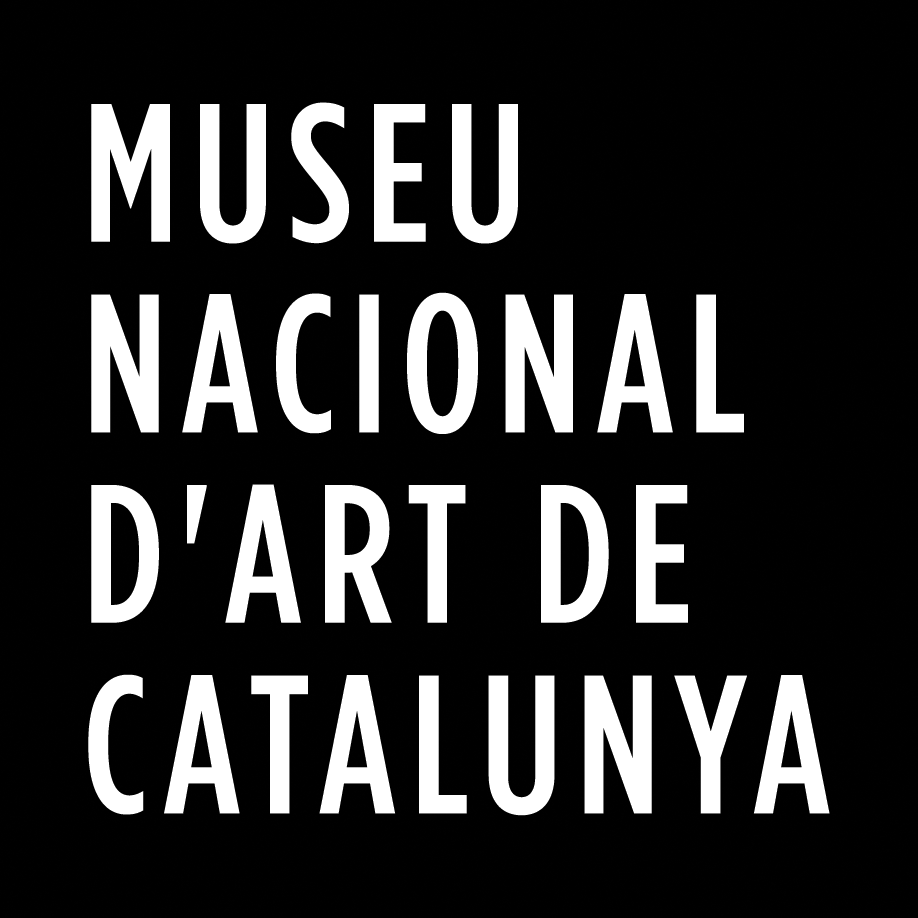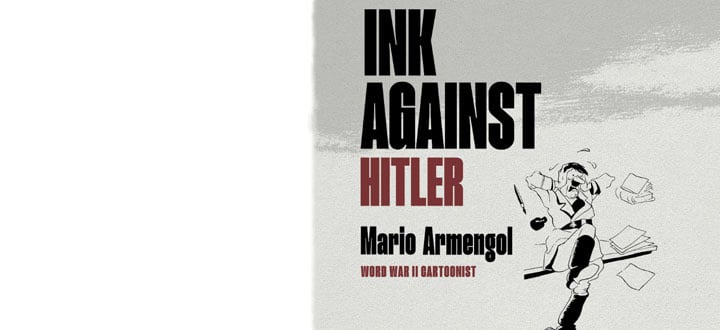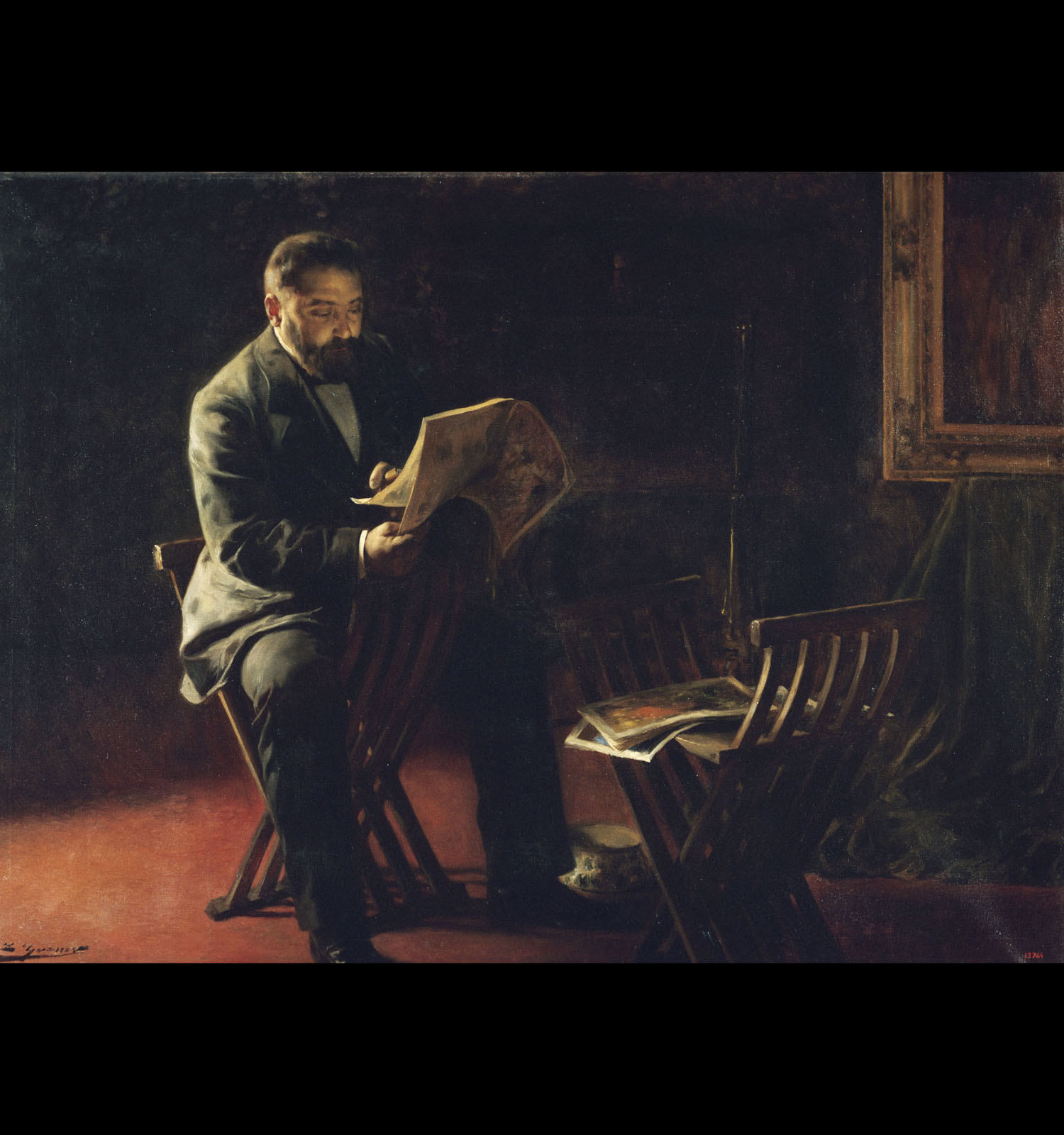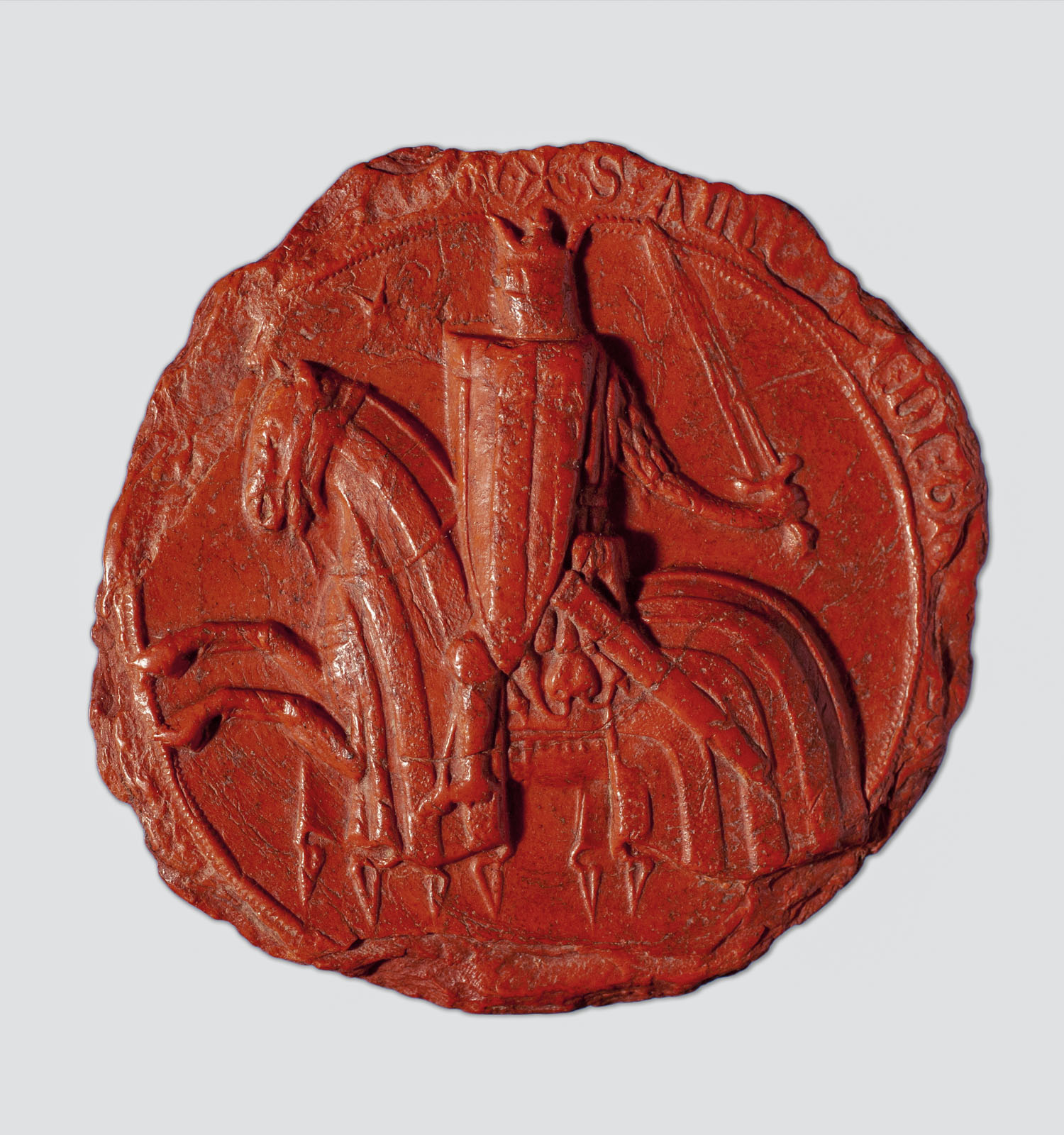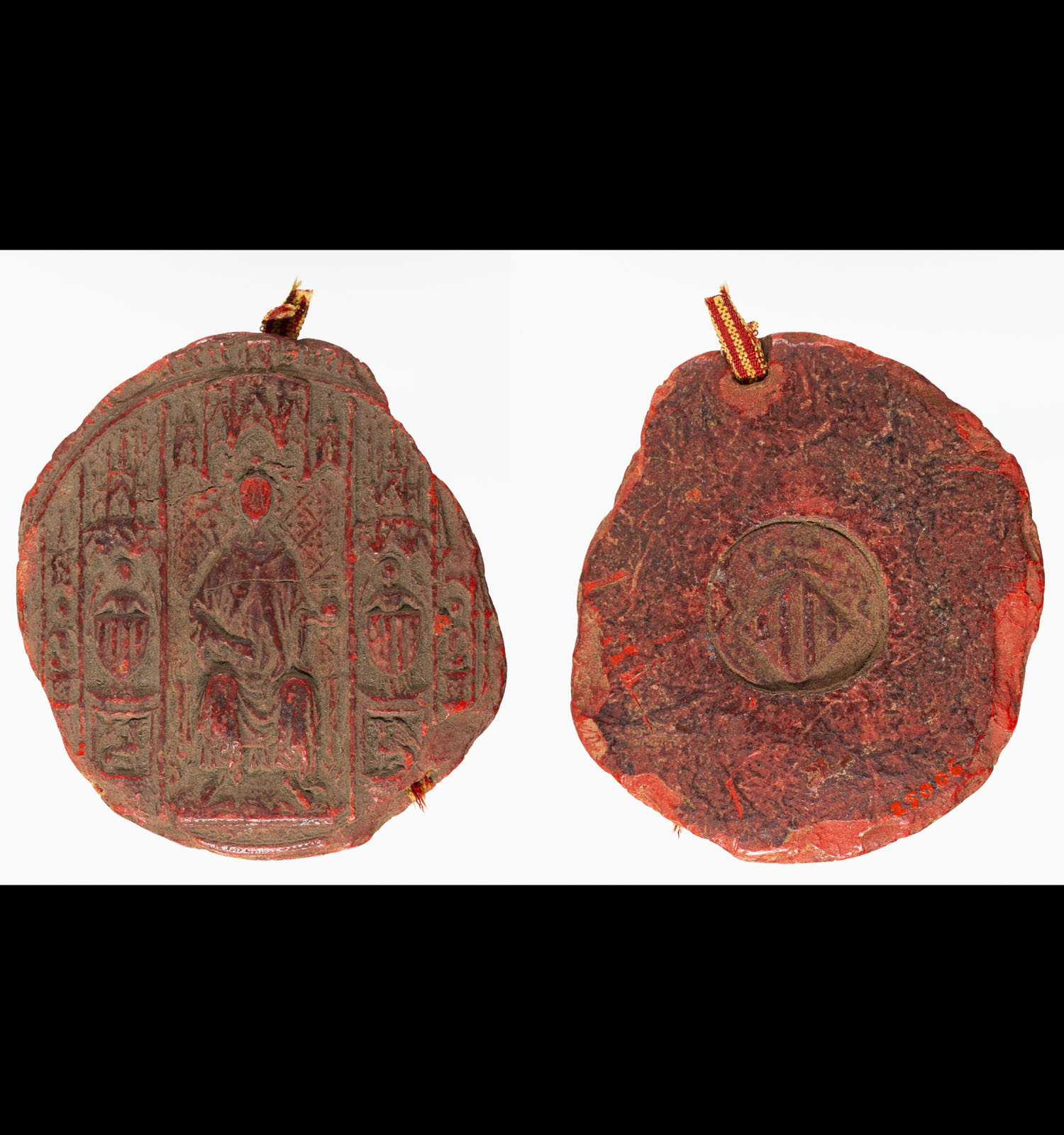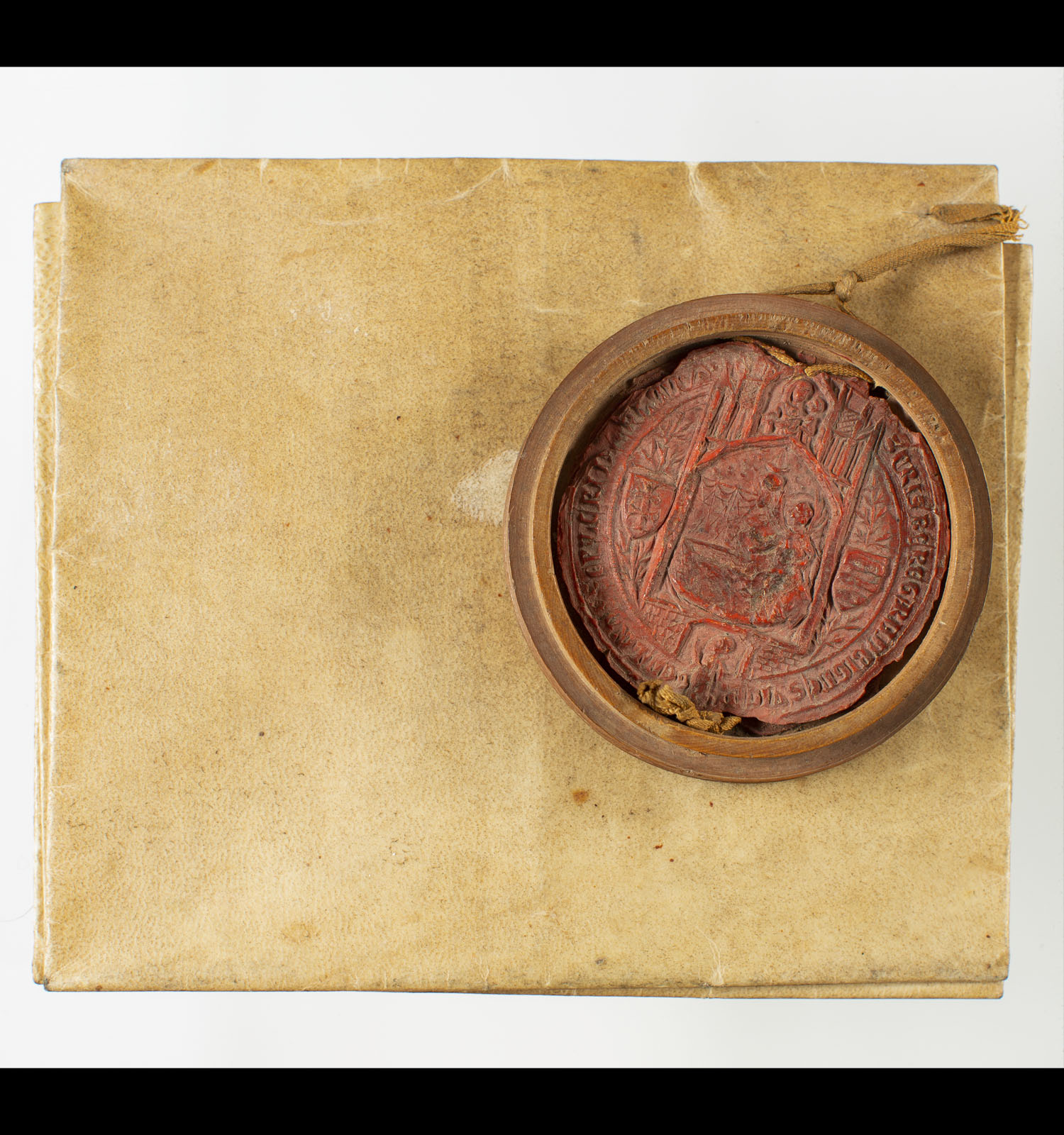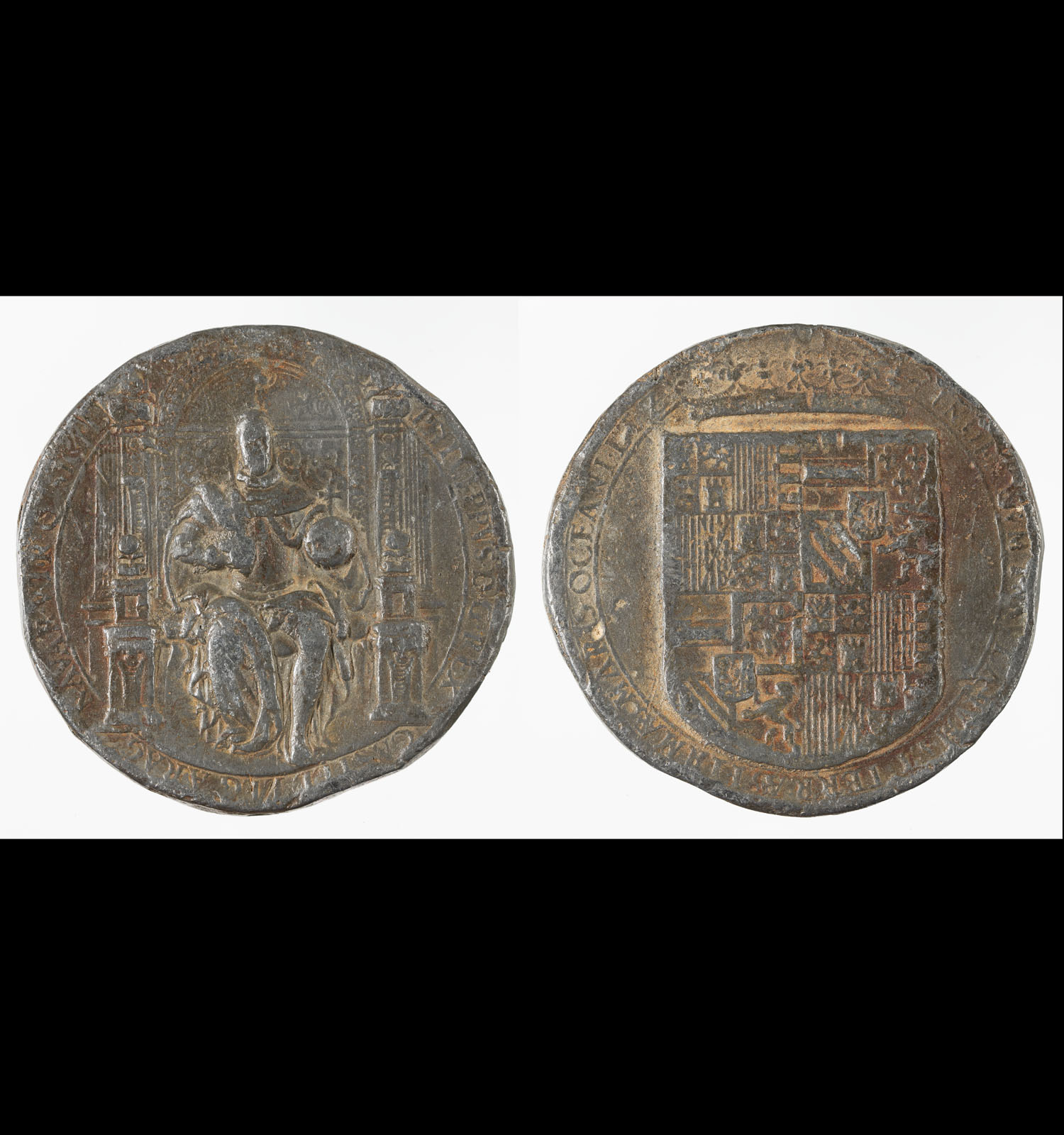The Joaquim Cabot sigillography collection
The Joaquim Cabot sigillography collection
Room 43 “Collectors and fans” space. From 8th November 2022 to 7th May 2023
The collections of the Museu Nacional are very wide and diverse. This breadth means that, sometimes, some series do not have all the visibility that would be desirable. This happens with the sigillography section which is the responsibility, mainly due to the affinity of formats, of the Numismatic Cabinet of Catalonia. Therefore, any pretext is good in order to be able to present and disclose, in whole or in part, the collection of diplomatic seals or, what is the same, the seals used since the Middle Ages to validate public or private documents. In short, the seals that give legal value and provide certain original documents with authenticity and solemnity.
On the occasion of the commemoration of the centenary of the publication of volume 2 of Ferran de Sagarra's magnum opus Catalan Sigillography. Inventory, description and study of the seals of Catalonia, under the auspices of the Institute of Catalan Studies, the first block of the international Colloquium "Medieval sigillography in Catalonia and Mediterranean Europe. Comparative studies" is being held in Barcelona. This is a suitable occasion to make available to the congress participants, in particular, and to the public, in general, the sigillography collection of the Catalan goldsmith, writer, politician and financier Joaquim Cabot i Rovira (1861-1951). In short, a key exponent of the dynamism and entrepreneurship of the Catalan bourgeoisie at the crossroads of the 19th and 20th centuries.
The aim of the exhibition is, on the one hand, to remember the collectors and to thank the generosity of the donation. It cannot be forgotten that the museum's rich collection has been built to a large extent by the successive aggregation of private local collections and this should be remembered in order to understand its history. On the other hand, it aims to present a selection of the donation in a contextualised manner. Also to provide the public with a clear understanding of what a seal is and its link to documentation, given that, in most cases, wax, seal or lead seals have arrived detached from the documents to which they were associated . This is what has happened in the Cabot collection, with the exception of a medieval document from Barcelona, which fulfils a didactic function in the exhibition. Finally, it should be known that some of the pieces from the Cabot collection are on display in the Museum's permanent numismatics room with the function of making it clear that coins and stamps, being objects of different natures, have in common their official character and the fact of presenting a print of a type that gives them full meaning
The collection was given to the Board of Museums of Barcelona in 1934 and was highly praised by the greatest Catalan expert in sigillography, Ferran de Sagarra (1853-1939) in an article published in the Butlletí dels Museus d’Art de Barcelona (The Newsletter of Art Museums of Barcelona).
There is no record of the ultimate foundation of the collection and the reason for Cabot's interest in the matter. Perhaps because of his relationship with the goldsmiths and silversmiths who provided the engraved moulds to stamp or melt them. In any case, these are pieces linked to the world of archives around which sigillography was developed as an auxiliary science of history. The collection of twenty-three pieces allows you to explore medieval and modern Spanish sigillography.
The holding of the congress provides an opportunity to remember Sagarra's work, available in the museum library, to pay tribute to a former donor and what better way than to do so than in the thematic space dedicated to the images of collectors which exhibits his magnificent and evocative portrait, the work of Lluís Graner i Arrufi.
Curator: Albert Estrada-Rius
Documentation: Maria Clua
